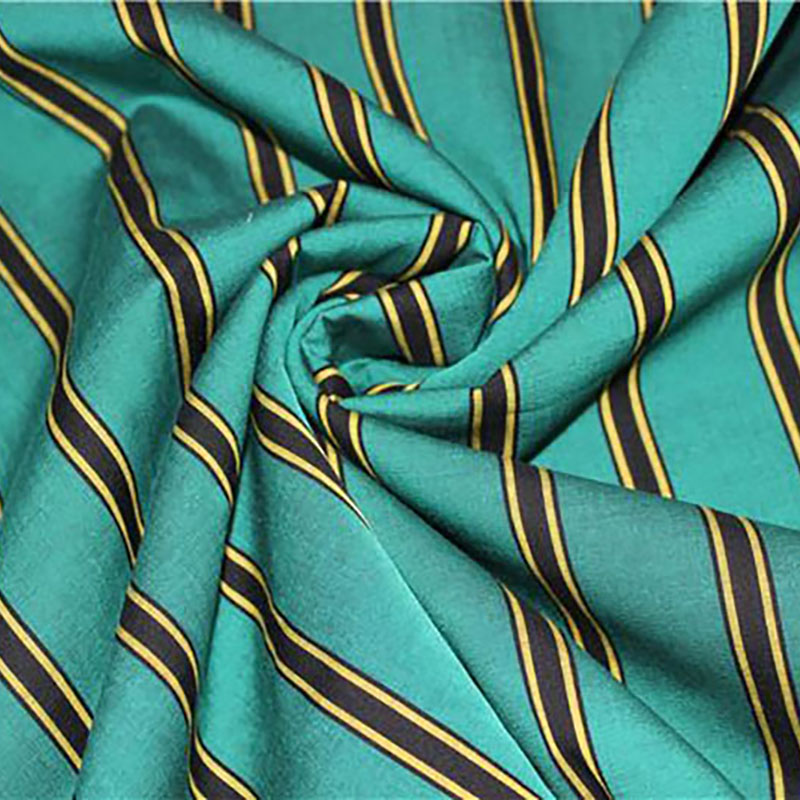Oxford cloth is well-known for its durability and versatility. Originating from the 19th-century textile mills, it possesses unique structures that make it a popular choice in the fashion industry. With various dyeing and printing techniques, the fabric adapts to different styles while maintaining its essential qualities.
Dyed Oxford cloth offers a wide spectrum of colors, appealing to a diverse market. These fabrics are crafted using various dyeing methods, ensuring deep and lasting hues. The dyeing process not only enhances the aesthetic but also contributes to the fabric’s resilience.
.jpg)
Printed Oxford cloth showcases intricate designs and patterns that cater to modern fashion trends. The printing process, which includes techniques like digital printing and screen printing, allows for endless creativity, making the fabric favored among designers.

The structure of Oxford cloth is crucial in determining its application. Various weaving techniques contribute to the fabric's strength and texture, making it suitable for different uses, from casual wear to formal clothing. Understanding these structures is essential for manufacturers and designers alike.

In exploring the various textile structures of Oxford cloth, it remains evident that both dyed and printed variations meet the demands of the fashion and textile industry. Their unique characteristics not only appeal to consumers but also signify the innovation within the textile domain.
